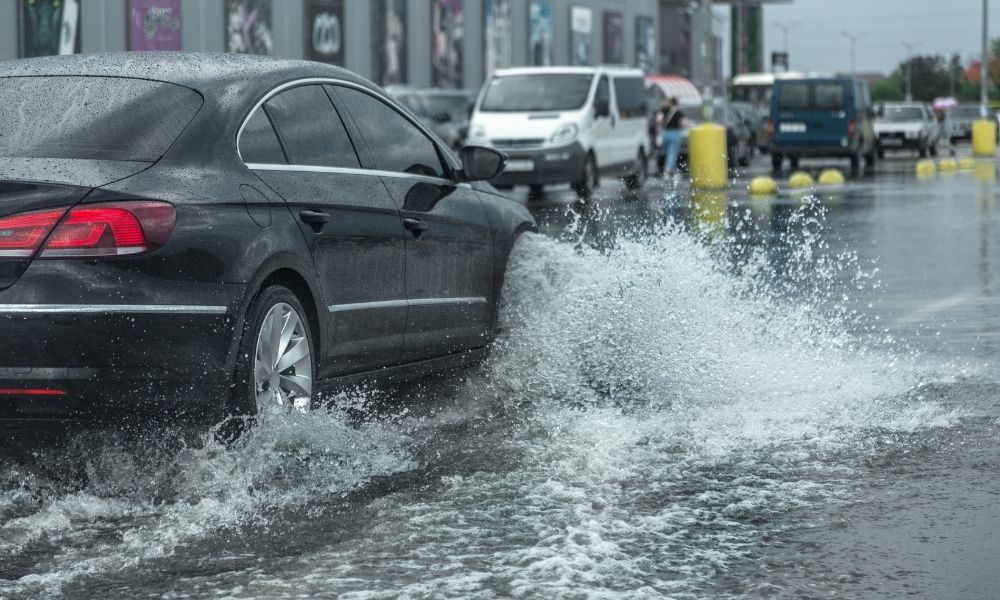
The internal components of a vehicle and large amounts of water don’t make the best combination. Whether you experience a flood in your area or simply drove through a puddle that was way too deep, significant damage will likely occur to your vehicle’s important internal systems, including the transmission. To prevent rust, adhesive loss on the clutch, buildup, and other types of permanent damage from destroying the transmission, the owner must take immediate action in the case of transmission flooding. For tips on how to recover a flooded transmission before it’s too late, continue reading.
Don’t Start Your Vehicle
If you think your transmission has flooded, avoid turning it on. Turning on a transmission that has experienced water damage will cause the water in the transmission fluid and oil to flow throughout the system. In doing so, further damage will occur. As such, you should tow your vehicle to a repair shop to refrain from turning it on.
Check the Water Level
The first step in recovering a flooded transmission is to identify the damage. To do so, check the water level in the transmission. In most vehicles, the only entrance point for fluid in the transmission is the transmission fluid dipstick. If water rises past the opening for the transmission fluid dipstick, most dipsticks won’t prevent it from entering the transmission. Thus, if the water level rose higher than the dipstick, you can assume that the transmission flooded.
Drain the Transmission’s Fluids
Even if the water level did not rise past the dipstick, you will likely still want to take precautionary measures—especially because it only takes an ounce of water in your transmission to cause serious issues. Healthy transmission fluid will have a clear pinkish color. If the transmission fluid has a milky or gray color, water has likely infiltrated it. If your vehicle has discolored transmission fluid, you will need to drain and replace it immediately to prevent further damage from occurring to the system.
In Worst-Case Scenarios: Overhaul
If copious amounts of water entered your transmission or if you did not remove the water quickly enough, simply draining and replacing the transmission fluid likely won’t resolve the issue. In the case of rust, dissolved adhesives, mold and bacteria buildup, and other types of permanent transmission damage, you will need to perform a complete transmission overhaul.
Also known as rebuilding a transmission, a transmission overhaul involves removing and completely disassembling the transmission. Upon doing so, you or a professional must inspect each component of the transmission for damage, then repair or replace any faulty parts before putting it back together.
Transparts Warehouse is a leading transmission supply shop. If your transmission flooded and you need to replace its damaged components, shop our extensive online collection of high-quality replacement parts today.

